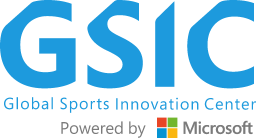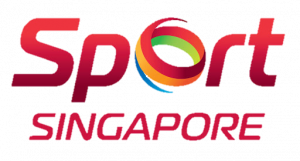26 Apr THE NEW REVOLUTION OF ARTIFICIAL SPORTS TURF

The European Commission has ratified Regulation (EU) 2023/2055, amending Annex XVII of Regulation (EC) No 1907/2006 regarding synthetic polymer microparticles. This regulation restricts the production and sale of microplastics from degradation-resistant polymers, including those in standalone substances and products releasing microplastics during use. The definition of microplastics encompasses spherical particles (≤ 5 mm) and fiber-shaped particles (< 15 mm length, length-to-diameter ratio > 3). Annually, around 42,000 tons of such materials enter the environment, with an additional 176,000 tons from accidental releases in European surface waters. Consequently, products containing these microplastics, exceeding 0.01% weight concentration, are banned, affecting various industries such as cosmetics, detergents, and artificial turf.
Artificial turf, a major source of microplastic contamination, faces scrutiny due to its granular filling. To comply with the regulation, alternatives are being explored. The LIFE T4C Project, funded by the EU LIFE Program and coordinated by GWC, aims to develop sustainable alternatives. These include using bio-based and 100% recycled plastics for field components, alongside containment measures to prevent plastic release. Various alternatives, such as natural infill materials like cork and sand-only infills, are being tested. However, challenges like displacement and increased costs persist. Fields without infill or with infill > 5 mm are also considered, albeit with complexities and viability issues.
The project fosters collaboration between academia and industry, promoting R&D investment for sustainable turf solutions.
More information at https://lifet4c.com/blog/las-alternativas-al-caucho-como-sustrato-de-los-campos-deportivos-de-cesped-artificial/



